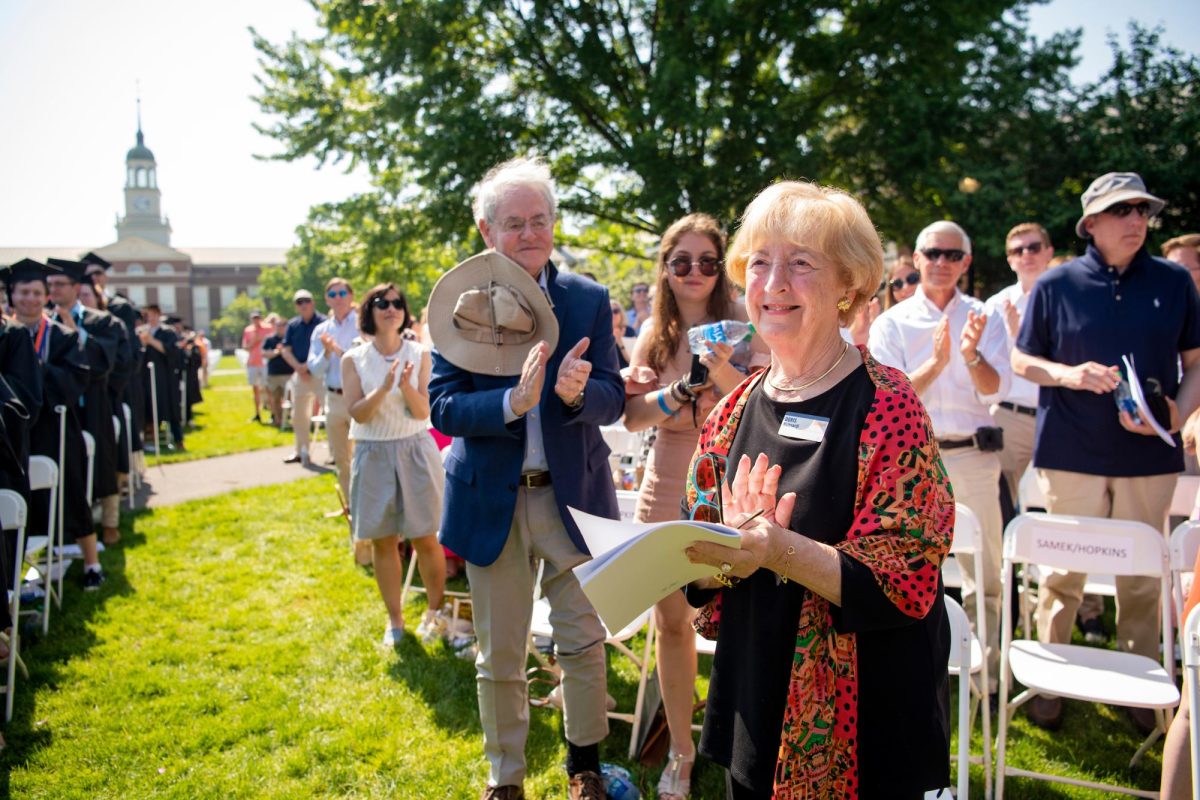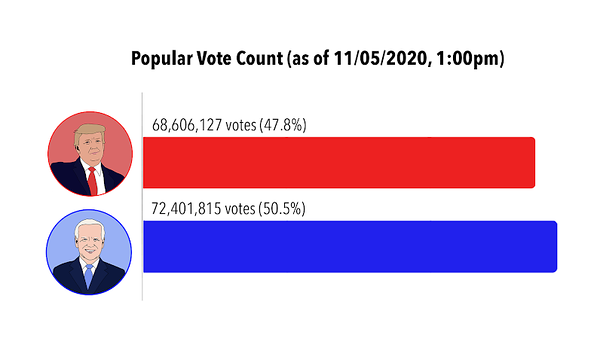Recently appointed BSG president Michael Meskos ’27 sent an email to Bucknell Students on Thursday, Feb. 6 to share a message on behalf of the Shared Governance Implementation Committee. The SGI Committee, composed of 15 members, was formed in the fall of 2023 in order to restructure Bucknell’s system of shared governance based on recommendations from the working committee. A year and a half later, the SGI is now bringing forward a proposal for the restructuring that allows for “better alignment with decision-making framework, more balanced representation and improved channels of communication.”
The committee encouraged feedback from the campus community and held three open forums over the past two weeks, as well as providing a form for written feedback and the names of SGI members for direct communication.
The 26-page proposal included in the email details the planned responses to prior recommendations; the potential structuring and responsibilities of groups and committees; and plans for transitioning to the new governance structure.
The recommendations for changes in definitions and structure include “adopt[ing] a clear and specific definition of shared governance, co-creat[ing], with all stakeholders, a Memorandum of Understanding on decision-making, consider[ing] replacing Faculty Council with an Executive Faculty Committee, re-imagin[ing the] committee system and clarify[ing] expectations for shared governance work.”
The recommendations for reforming the governance process include “increas[ing] the efficacy and transparency of motions, centraliz[ing] information sharing and archiving, review[ing] faculty meeting format and rules, investigat[ing] possible changes to voting and conduct[ing] regular reviews of shared governance.”
In response to five key recommendations, the SGI proposes in the document “a new definition of shared governance, language to clarify shared governance roles, responsibilities and expectations of individuals and groups, and a new structure of shared governance and draft charges for advisory groups and committees.”
The committee determined a comprehensive definition of shared governance at Bucknell: “Shared Governance at Bucknell University refers to the joint responsibility of campus constituent groups in making University decisions. Shared governance is valued when it promotes accountability, efficacy, inclusivity, transparency and trust. Effective shared governance relies on regular, open dialogue and collaboration between the administration, Board of Trustees, faculty, staff and students. These groups have opportunities to influence decisions regarding the operation of the University and direction toward furthering its mission.”
The document goes on to outline the roles, responsibilities and expectations of the constituents of the shared governance structure. Following this is proposed shared governance restructuring, outlined in a flow chart that details the flow of information and representatives within the council, as well as how many members will make up each group. In total, the council would be composed of 21 members.
This restructuring especially emphasizes the aim for improved communication, such as through transparency of agendas and meeting notes to the entire campus community. The SGI committee also feels that this restructuring will allow for more efficient governance work due to “an overall reduction in faculty time spent on committee work.” Additionally, “representation is more balanced in the proposed system” and “governance structures that are not primarily committees of the Faculty will no longer be constituted and charged in the Faculty Handbook.”
The proposal outlines the responsibilities and draft charges of the councils’ six advisory groups: the Academic Planning Advisory Group (APAG), the External Relations Advisory Group (ERAG), the Faculty and Staff Experience Advisory Group (FSEAG), the Information Resources Advisory Group (IRAG), the Operations Advisory Group (OAG) and the Student Experience Advisory Group (SEAG).
Following this are the responsibilities and draft charges of the four faculty committee groups: the Faculty Executive Committee, the University Review Committee (URC), the Teaching and University Curriculum Committee (TUCC) and the Academic Freedom and Faculty Hearing Committee.
The document lastly provides a suggested flow chart for how the shared governance should transition in the event that the structure was to be adopted. This chart shows how the current 14 committees would transition into the proposed four faculty governance groups and six advisory groups.
It is not stated when voting would be held for the SGI committee’s proposal, but the document does note that “the old and new committees will work together to craft new language for parts of section II of the faculty handbook (University Shared Governance), which will need to be entirely rewritten should we adopt the proposed shared governance structure” and that “new handbook language would be brought to the faculty for vote during academic year 2026-27.”






















